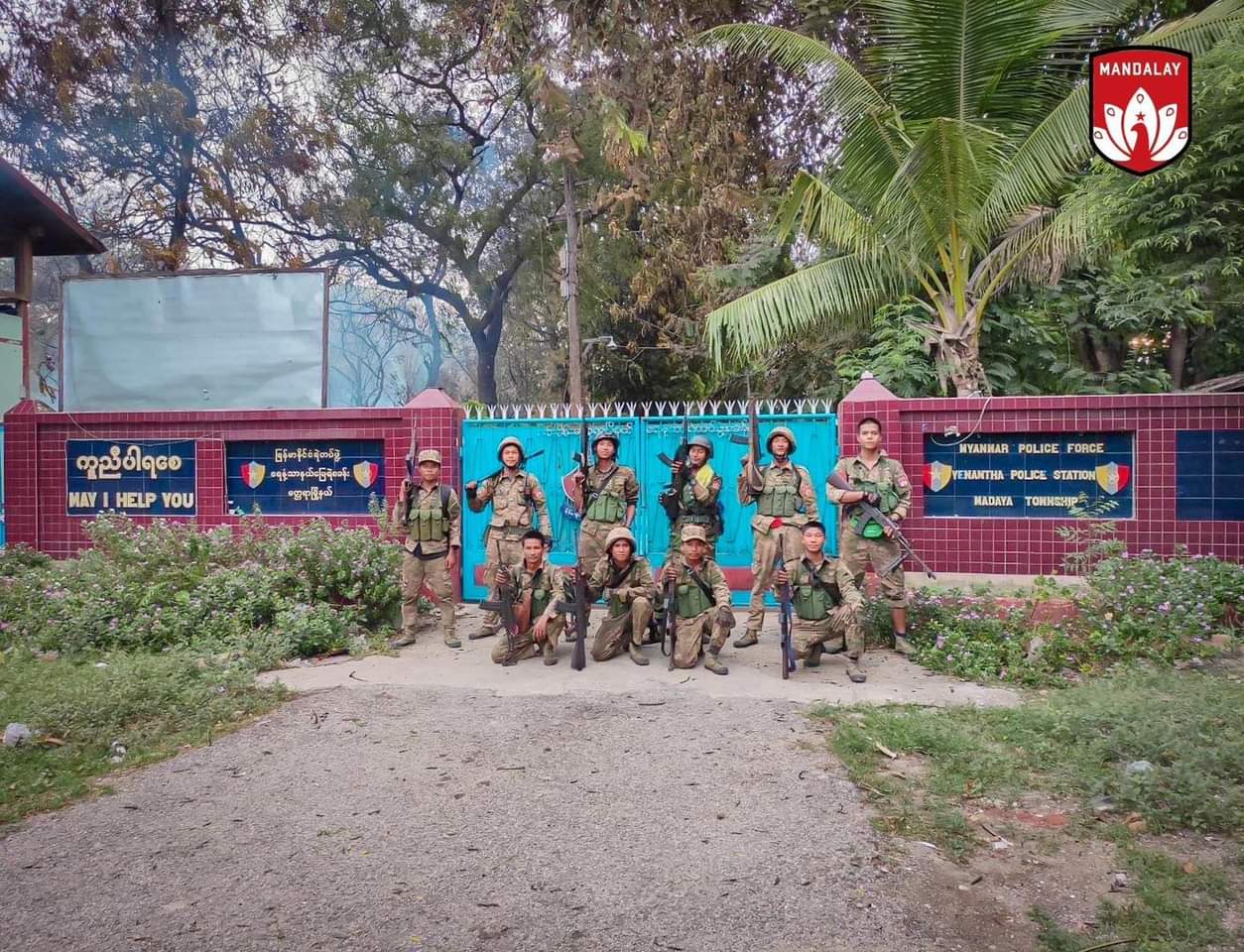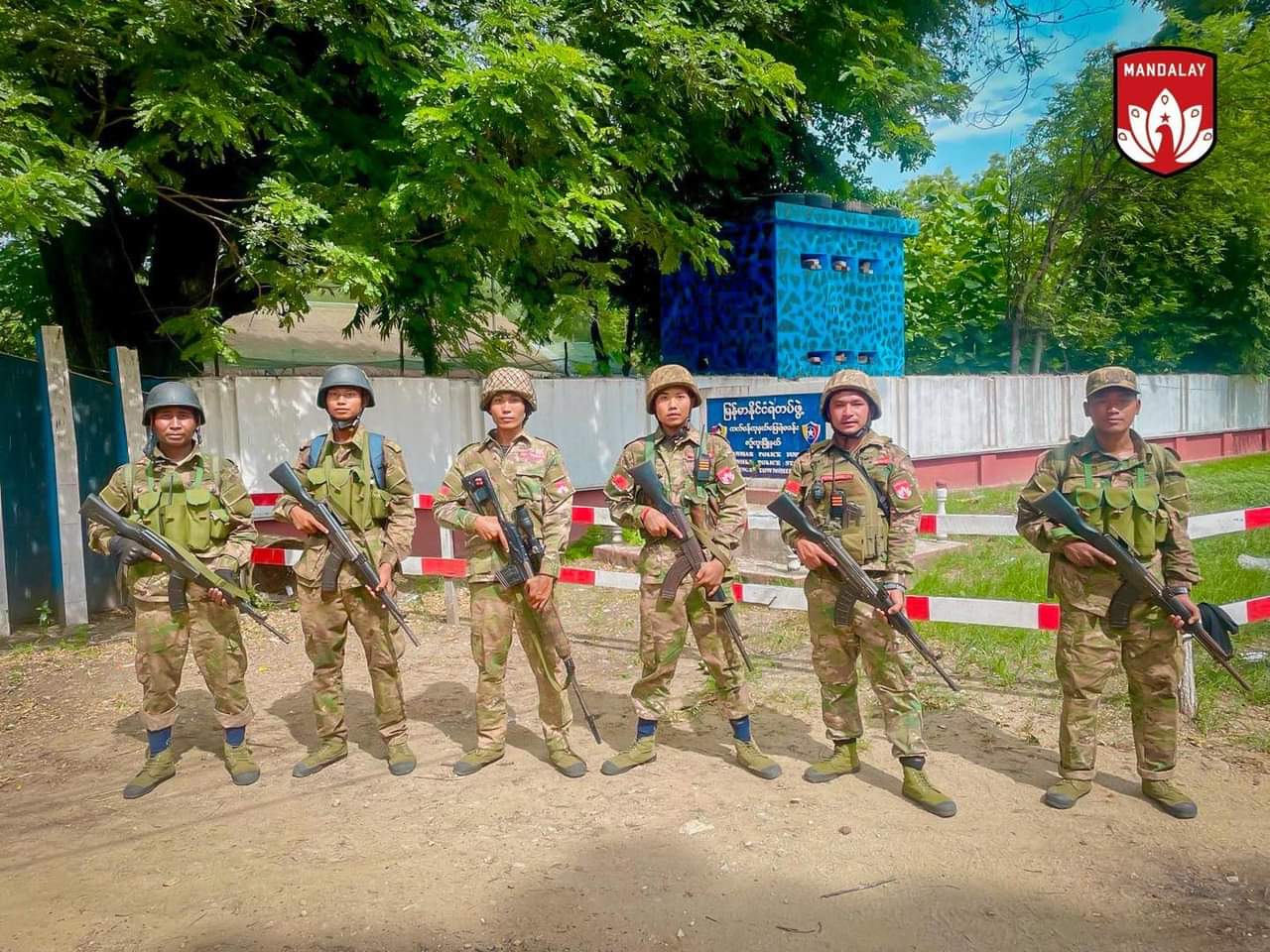
The Levelized Cost of Electricity (LCOE) is a measure used to compare the cost of generating electricity from different energy sources.
It represents the per-unit cost (typically per kilowatt-hour or megawatt-hour) of building and operating a generating plant over an assumed financial life and duty cycle.








LCOE includes the initial capital costs, operating and maintenance costs, fuel costs (if applicable), and the costs of financing.
Capital Costs: The initial cost of constructing the power plant, including land acquisition, equipment, and installation.
Operations and Maintenance (O&M) Costs: The ongoing costs required to operate and maintain the plant.
Fuel Costs: For non-renewable sources, this includes the cost of the fuel needed to generate electricity.
Carbon Costs: Costs associated with carbon emissions, relevant for fossil fuel-based power generation.
Financing Costs: Interest and other financial costs associated with borrowing money to finance the project.
Capacity Factor: The ratio of the actual output of a plant to its potential output if it were possible for it to operate at full capacity continuously.
Solar PV: Generally low LCOE due to declining capital costs and minimal O&M costs.
Wind Power: Also has a relatively low LCOE, especially in areas with high wind speeds and stable wind patterns.
Hydropower: Can have a low LCOE but is highly site-specific and can have high upfront capital costs.
Nuclear Power: Typically higher LCOE due to high capital and O&M costs, though low fuel costs.
Fossil Fuels (Coal, Natural Gas): Variable LCOE depending on fuel prices and carbon costs, often higher than renewables when carbon costs are considered.

Leave a Reply